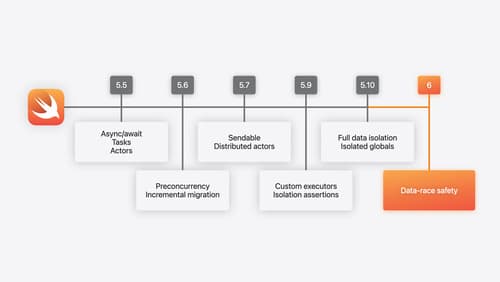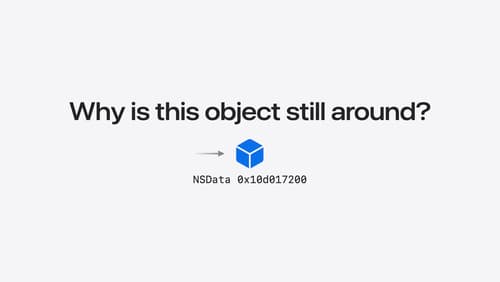What can help converting objective C codebase to swift?
Asked on 2024-07-30
1 search
To help convert an Objective-C codebase to Swift, you can follow several strategies and utilize various tools and features introduced by Apple at WWDC:
-
Swiftassist: This is a new tool introduced in Xcode that acts as a companion for all your coding tasks. It can help answer coding questions and assist with tasks like experimenting with new APIs, making it easier to transition from Objective-C to Swift. You can learn more about it in the Platforms State of the Union session.
-
Swift 6 Migration Process: The session "Migrate your app to Swift 6" provides a detailed step-by-step process for migrating your codebase. This includes enabling complete concurrency checking, resolving warnings, and then enabling Swift 6 mode to lock in changes and prevent regressions. This structured approach can help ensure a smooth transition. You can start with the Swift 6 and data-race safety chapter.
-
Compiler Diagnostics: The new Swift compiler diagnostics can guide you towards places in your code that need fixing, acting like a pair programmer pointing out potential bugs. This can add structure to your migration process and help you identify and resolve issues more efficiently. More details can be found in the Migrate your app to Swift 6 session.
-
Objective-C Interoperability: Swift has built-in C and Objective-C interoperability, which means you can incrementally adopt Swift in your Objective-C projects. This allows you to improve security and productivity without needing to rewrite your entire codebase at once. The session "What’s new in Swift" discusses this in more detail, particularly in the C++ interoperability chapter.
-
Performance Optimization: When converting to Swift, it's important to be aware of performance implications. The session "Explore Swift performance" provides insights into optimizing Swift code, which can be particularly useful when transitioning from Objective-C. You can start with the Low-level principles chapter.
By leveraging these tools and following the recommended processes, you can effectively convert your Objective-C codebase to Swift, ensuring better performance, safety, and maintainability.

Platforms State of the Union
Discover the newest advancements on Apple platforms.

What’s new in Swift
Join us for an update on Swift. We’ll briefly go through a history of Swift over the past decade, and show you how the community has grown through workgroups, expanded the package ecosystem, and increased platform support. We’ll introduce you to a new language mode that achieves data-race safety by default, and a language subset that lets you run Swift on highly constrained systems. We’ll also explore some language updates including noncopyable types, typed throws, and improved C++ interoperability.

Analyze heap memory
Dive into the basis for your app’s dynamic memory: the heap! Explore how to use Instruments and Xcode to measure, analyze, and fix common heap issues. We’ll also cover some techniques and best practices for diagnosing transient growth, persistent growth, and leaks in your app.
